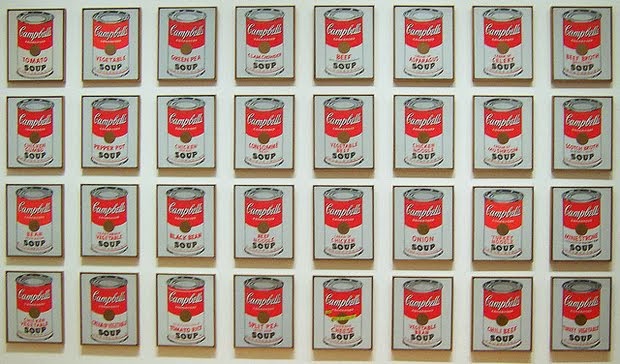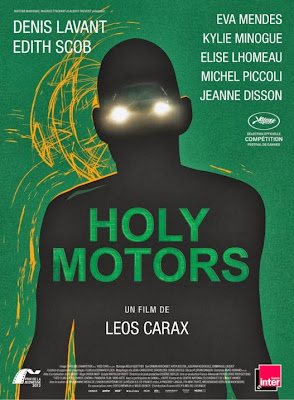The impact of postmodern media on audiences and the ways in which we think about texts:
How do post-modern media texts challenge traditional text-reader relations and the concept of representation? In what ways do media audiences and industries operate differently in a post-modern world?
- Have audiences become accustomed to the stimulation and excitement of spectacular films/games and a sense of spectacle has become something that (young?) audiences increasingly demand from cultural experiences?
- Has narrative coherence become less important for audiences?
- In terms of ideas, has cultural material become more simplistic and superficial, and audiences are no longer so concerned with the process of understanding a text? Think here about a film like Moulin Rouge where the plot is in some sense irrelevant to the overall impact of the film.
- Has the attention span of audiences reduced as they become increasingly accustomed to the spectacle-driven and episodic nature of postmodern texts?
- In its ‘waning of affect’, has postmodernism contributed to audiences become emotionally detached from what they see? They are desensitised and unable to respond ‘properly’ to suffering and joy.
- Has postmodernism contributed to a feeling among audiences that arts and culture does not really have anything to tell us about our own lives and instead simply provides us with somewhere we can escape or retreat to?
Postmodernism and Audience Theory
Two commentators have developed some interesting ideas about postmodernism and audiences.
Alain J.-J. Cohen has identified a new phenomenon in the history of film, the ‘hyper-spectator’. ‘Such spectator, who may have a deep knowledge of cinema, can reconfigure both the films themselves and filmic fragments into new and novel forms of both cinema and spectatorship, making use of the vastly expanded access to films arrived at through modern communications equipment and media. The hyper-spectator is, at least potentially, the material (which here means virtual) creator of his or her hyper-cinematic experience’ (157)
‘VCRs and laserdisc-players or newer DVDs have produced, and are still producing, a Gutenberg-type of revolution in relation to the moving image.’
Anne Friedberg has argued that because we now have much control of how we watch a film (through video/dvd), and we increasingly watch film in personal spaces (the home) rather than exclusively in public places, ‘cinema and televison become readable as symptoms of a “postmodern condition”, but as contributing causes.’ In other words, we don’t just have films that are about postmodernism or reflect postmodern thinking. Films have helped contribute to the postmodern quality of life by manipulating and playing around with our conventional understanding of time and space. ‘One can literally rent another space and time when one borrows a videotape to watch on a VCR….the VCR allows man to organize a time which is not his own…a time which is somewhere else – and to capture it.’
Anne Friedberg: ‘The cinema spectator and the armchair equivalent – the home-video viewer, who commands fast forward, fast reverse, and many speeds of slow motion, who can easily switch between channels and tape; who is always to repeat, replay, and return – is a spectator lost in but also in control of time. The cultural apparatuses of television and the cinema have gradually become causes for what is now…described as the postmodern condition.’
Postmodern & Media Industries
Whereas modernism was generally associated with the early phase of the industrial revolution, postmodernism is more commonly associated with many of the changes that have taken place after the industrial revolution. A post-industrial (sometimes known as a post-Fordist) economy is one in which an economic transition has taken place from a manufacturing-based economy to a service-based economy. This society is typified by the rise of new information technologies, the globalization of financial markets, the growth of the service and the white-collar worker and the decline of heavy industry.
Postmodernism and the Film Industry
It has been argued that Hollywood has undergone a transition from ‘Fordist’ mass production (the studio system) to the more ‘flexible’ forms of independent production characteristic of postmodern economy.
The incorporation of Hollywood into media conglomerates with multiple entertainment interests has been seen to exemplify a ‘postmodern’ blurring of boundaries between industrial practices, technologies, and cultural forms.








